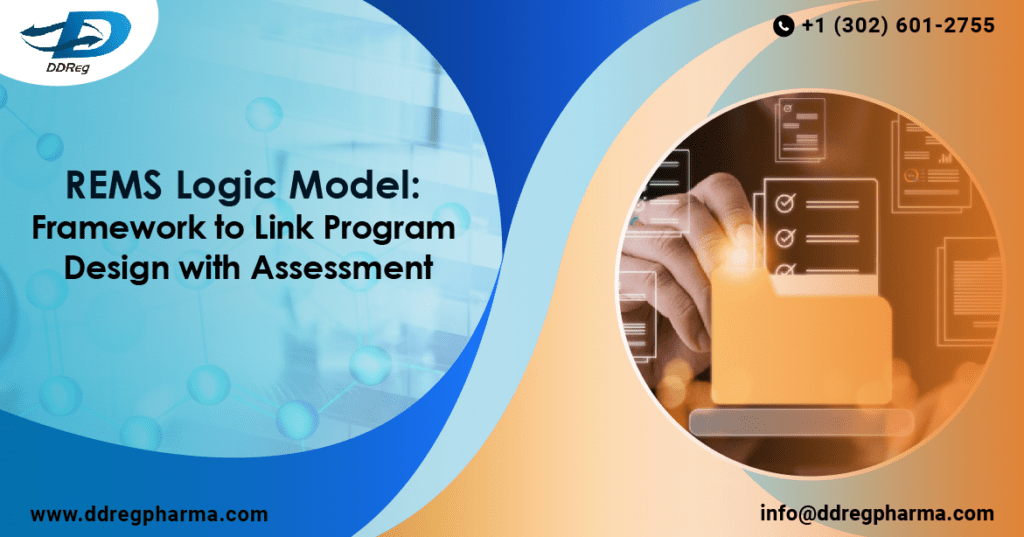Risk Evaluation and Mitigation Strategies (REMS) helps the FDA in ensuring that the benefits of a drug outweigh its risks. These strategies are particularly important for medications with significant safety concerns and require a well-structured approach to both design and assessment.
The FDA’s guidance on the Risk Evaluation and Mitigation Strategy (REMS) logic model presents a structured approach to designing, implementing, and assessing REMS. This guidance aims to help applicants establish clear goals and strategies that align with intended outcomes, ensuring the incorporation of assessment planning into the REMS design. It is specifically beneficial for applicants of new drug applications (NDAs), biologics license applications (BLAs), and abbreviated new drug applications (ANDAs). The guidance underscores the importance of a systematic framework to enhance the benefit-risk balance of drugs requiring REMS.
The authority for REMS is derived from Section 505-1 of the Federal Food, Drug, and Cosmetic Act (FD&C Act), which allows the FDA to mandate REMS when necessary to ensure a drug’s benefits outweigh its risks. The US FDA can enforce this requirement either before the drug is first approved or after approval if new safety information is found. As a PV risk management plan, REMS can include different things like Medication Guides, communication plans, special packaging, and Elements to Assure Safe Use (ETASU).
REMS Logic Model
The REMS logic model is divided into three main phases- Design, Implementation, and Evaluation.
1. Design Phase
Risk Assessment: This involves the identification of potential risks associated with the drug and an understanding of their severity and likelihood.
Care Gap Assessment: This entails highlighting the care gaps that RIMS aims to address, ensuring that the strategies adopted are tailored to meet these specific gaps.
Program Goal: The aim is to articulate what outcome the REMS is supposed to achieve and ensure it is consistent with risk mitigation approaches necessary to balance between benefits and risks of the drug.
2. Implementation Phase
Inputs: Resources such as personnel, technology, and financial support are needed to execute the REMS effectively.
Activities: Specific actions are taken to implement the REMS, including educational programs, communication strategies, and distribution of Medication Guides.
Outputs: Immediate results of the activities, like the number of healthcare providers trained or the distribution reach of the educational materials.
3. Evaluation Phase
Outcomes: Short-term and intermediate effects of the REMS activities, like increased awareness among healthcare providers and patients regarding the drug’s risks.
Impact: Long-term effects, focusing on the ultimate goal of reducing adverse events and ensuring the drug’s safe use.
Considerations for Applying the REMS Logic Model
- Stakeholder Involvement: Engagement of all relevant stakeholders including healthcare service providers, patients, and the regulatory bodies in REMS’s designing and implementing processes.
- Flexibility: Make certain that the design of REMS can be adjusted to incorporate new safety information or changes in drug use patterns.
- Continuous Improvement: Continuously reviewing and updating REMS based on evaluation findings and stakeholder feedback to enhance its effectiveness.
Conclusion
The REMS logic model provides a complete framework for designing, implementing, and evaluating REMS programs. By actively addressing risks and involving stakeholders, the model helps make sure that REMS effectively reduces risks while keeping the drug’s benefits. The guidance promotes a proactive approach to risk management, improving drug safety and safeguarding public health.
DDReg’s highly experienced team assists MAHs in developing Risk Evaluation & Mitigation Strategies (REMS) and other safety solutions for the US FDA. Read more about the regulatory landscape of the US FDA: Redesigned Pre-Submission Meetings for ANDAs with the US FDA.

